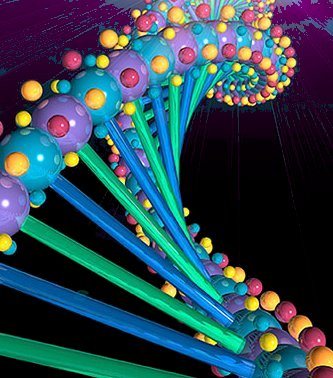Rare Form of Blindness Cured by Gene Therapy
Leber Congenital Amaurosis
Amaurosis is Greek for darkening or obscuring. Amaurosis is a blindness caused by the weakening of the optic nerve or it could be caused by rapid acceleration.
Congenital means at birth.
Leber Congenital Amaurosis is caused by a genetic condition causing the optic nerve to weaken over time. It is an inherited condition that shows up at birth or within a few month of birth. it affects roughly 0.00125% of the world population or one in eighty thousand (1:80,000) individuals.
It is named after Theodore Leber who first described the condition in the 19th century. It is a disorder affecting both males and females equally (autosomal) and is thought to cause stunted development of photoreceptors in the eye.

Experimental Gene Therapy
Gene therapy for a rare inherited disease called Leber congenital amaurosis (LCA) helped twelve (12) patients regain better vision.
Dr. Katherine High of the Children's Hospital of Philidelphia: "All 12 patients given gene therapy in one eye showed improvement in retinal function. This study reports dramatic results in restoring vision to patients who previously had no options for treatment. These findings may expedite development of gene therapy for more common retinal diseases, such as age-related macular degenration."
Researchers found that the younger the patient the better the response to the therapy. Though the initial purpose of the experimental therapy was to show it was safe, those that underwent the treatment showed remarkable effects.
These tests could also help restore an image of gene therapy that has taken a beating in recent years.
"The study by Bennett and co-workers will further boost gene therapy trials and provide hope for patients with inherited blindness and other genetic disorders," Dr Frans Cremers and Dr Rob Collin of Nijmegen Medical Center in the Netherlands wrote in a commentary.
A faulty gene means patients with LCA start to lose their vision in childhood. Up to now there has been no cure. High and her fellows worked with twelve volunteers aged eight to forty-four. To repair the faulty gene they designed a virus called adeno-associated virus. This virus is harmless to humans. The virus carried the corrected DNA directly into the eyes. The gene, RPE65, is mutated in roughly sixteen (16%) of LCA patients.
The normal version of the gene restored the light sensitive pigments to the retina of those treated. Though this therapy did not restore normal eyesight in any of the patients, it did take about half of those treated out of the category "legally blind."
Treatment was administered via injection just behind the retina of patients in the study. To date the treatments have persisted for two years. Four of the children treated can now walk and ride bikes unassisted. Something they were not able to do before.
Expanded trials are now planned.








